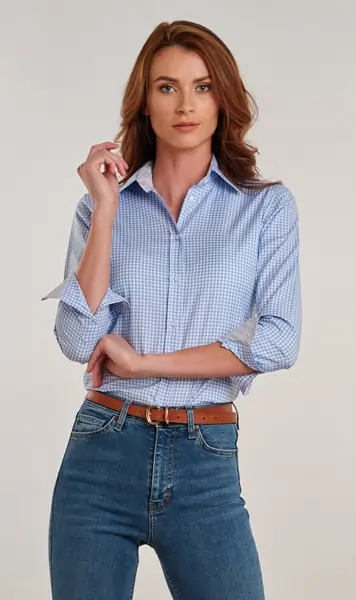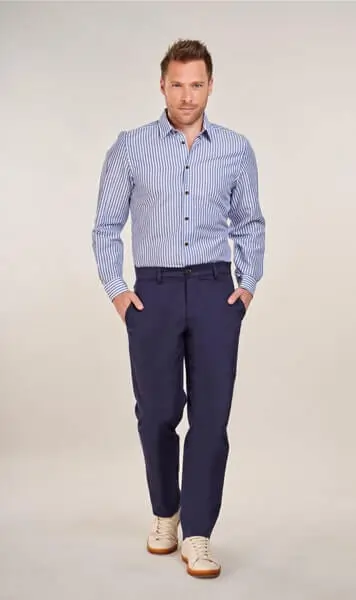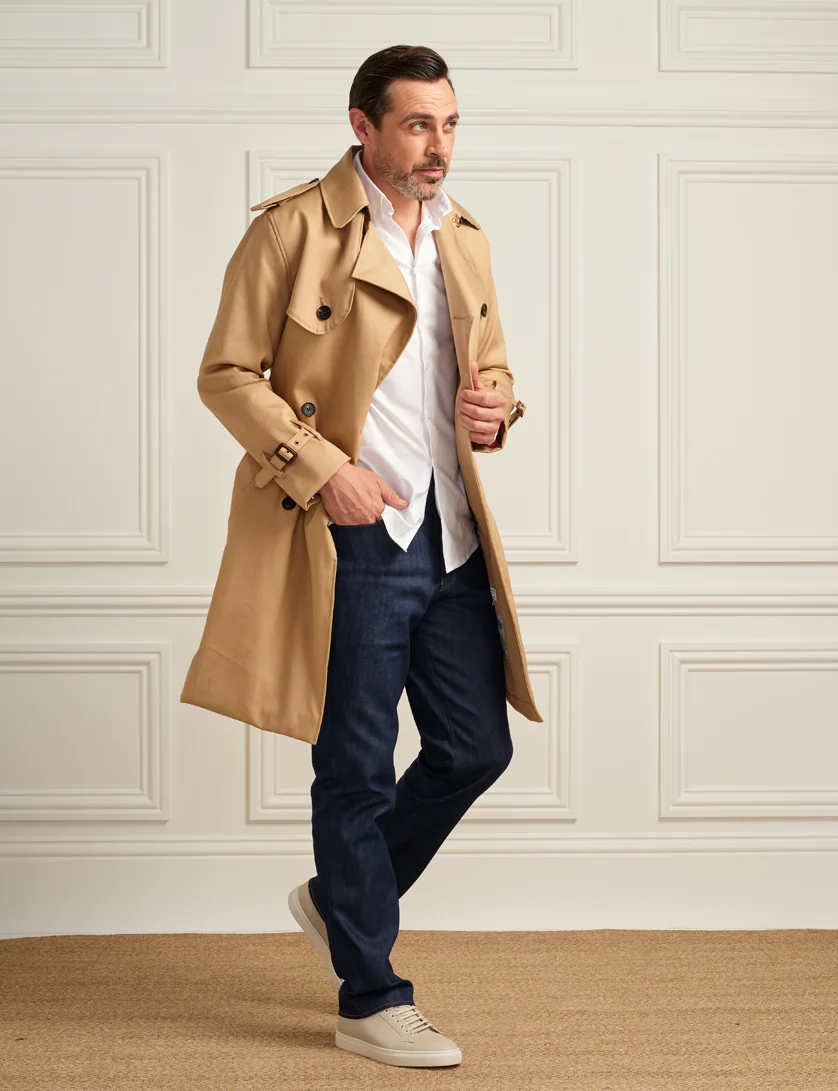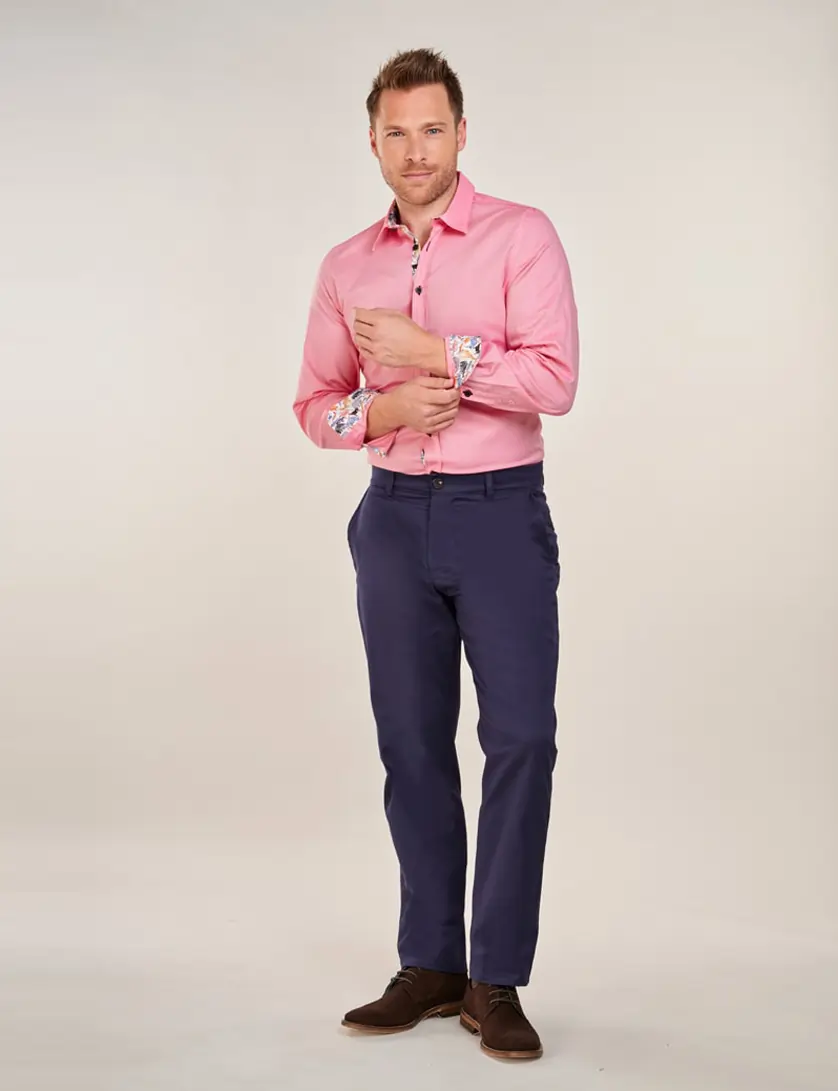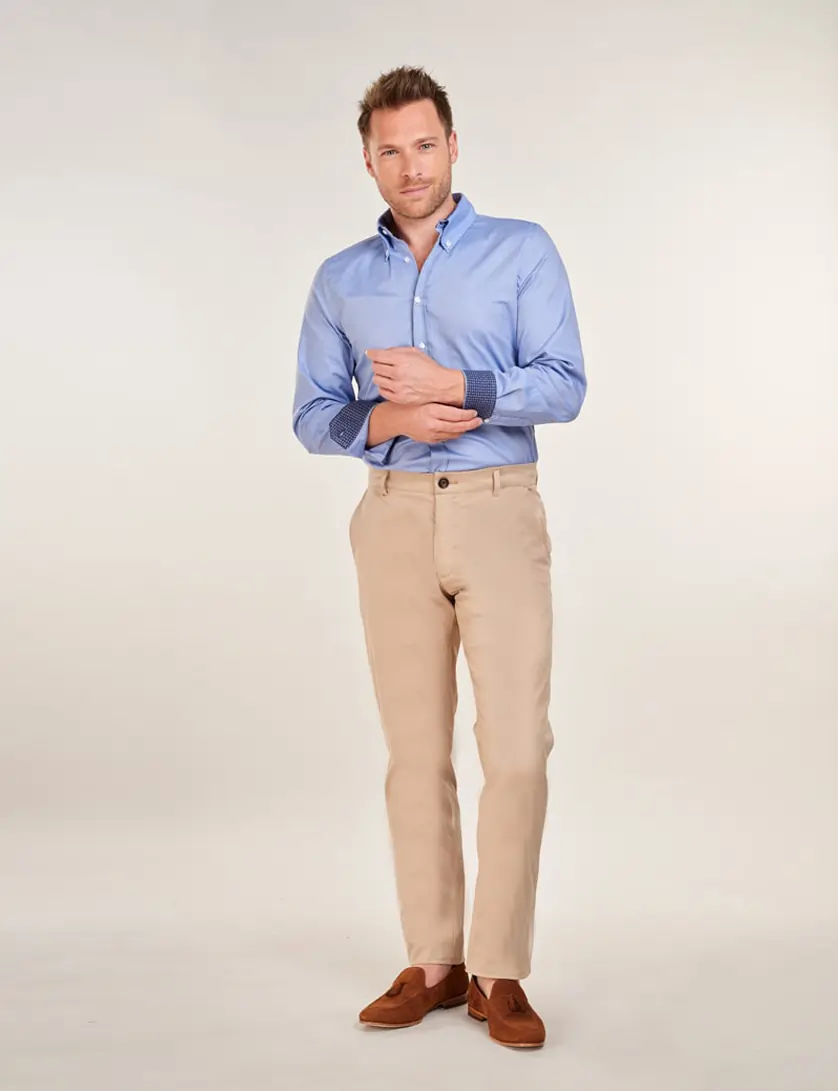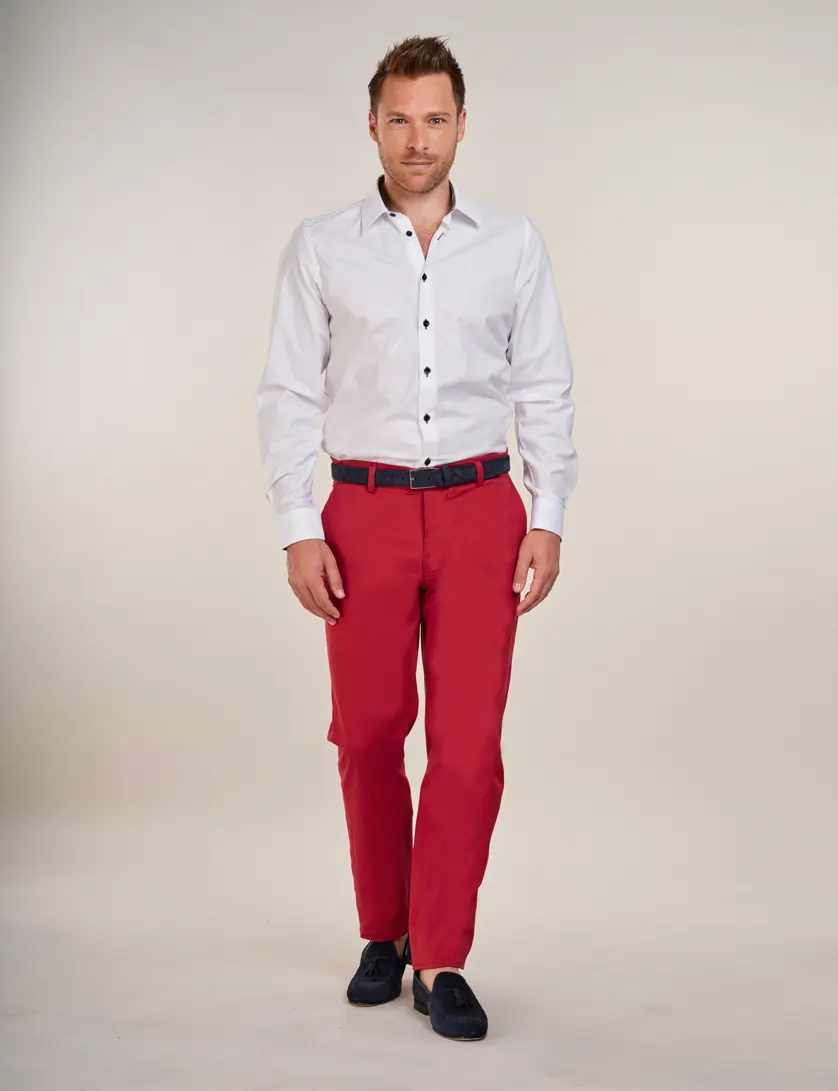How to Find Your Personal Style: 6 Tips from the Experts
If there’s one thing that men often struggle to hone in on, it’s their own personal style. After all, fashion isn’t marketed to us in the same way; while you can easily find 15-20 different fashion magazines targeted to women in the aisles of your local newsagent, it’s rare to find one aimed at men. And yet, our own personal style plays a key role in how we perceive ourselves, how we’re perceived by others, and even plays a role when it comes to our confidence and self-esteem. So, if you’re wondering how to define and cultivate a personal style that feels authentically “you”, keep reading for some of our top tips.
What does "Personal Style" mean?
First of all, what do we actually mean when we say “personal style”? Put simply, your personal style is about defining and sticking to the types of clothes that suit you; clothes that make you feel good, that complement your features, and flatter your body type. (Yes, men have body types too!). And while it might not sound important, trust us - when you develop your personal style, getting dressed becomes easier, shopping becomes more focused, and you'll feel more confident in your appearance. Let’s take a look at how to cultivate your own authentic style.
6 Tips for Finding Your Personal Style
1. Make Sure You're Getting the Right Fit
The foundation of great style starts with proper fit - even the most expensive shirts for men won't look good if they don't fit correctly. Pay attention to shoulder seams, sleeve length, and how they sit on your frame - don’t measure a good fit simply by whether or not you’re able to get the clothes on. For example, if a pair of trousers make you feel like you’re limited in your movement, or if your shirt sleeves roll up considerably when you move your arms, they’re not a great fit. In some cases, you might want to consider visiting a tailor, either to adjust key pieces in your wardrobe or get your accurate, up-to-date measurements down on paper.
2. Think About Your Celebrity Lookalike
You don’t need to admit this to anyone, don’t worry - but sometimes, finding celebrities with similar body types and features to yours can give you an indicator of what might look good on you. Remember, even the scruffiest or most down-to-earth of celebrity men will have a professional stylist on-call for big events. Identify your famous doppelganger, and find their most polished and put-together outfits; this can provide you with a blueprint for combinations that might work well for you. That being said, we’re not talking about you becoming a carbon copy of Brad Pitt, or walking around London looking like a Johnny Depp impersonator for-hire; you’ll want to adapt their style choices to suit your lifestyle and budget, whatever those may be.
3. Opt for Quality over Quantity
When it comes to personal style, building a wardrobe with fewer, higher-quality pieces is undoubtedly better than having a wardrobe stuffed with cheaper items that won't last. While it can be tempting to stock up on cheap jumpers or trousers for the season, having the right, high-quality wardrobe essentials for men means that you don’t need to do a seasonal shop every time the weather changes. Focus on well-made basics that can be mixed and matched, such as fleeces, chinos, and jumpers. Quality fabrics and construction will also ensure your clothes look better and last longer, so avoid cheaper ones like polyester, acrylic and nylon where possible.
4. Shop for Your Shape
As mentioned above, men have body shapes too! And what’s more, understanding your body shape will help you better choose clothes that flatter your proportions. For example, if you’re tall and slim, you’ll look better in clothing that emphasises your vertical lines, such as tailored jackets and slim-fit trousers, while overly long or baggy garments can exaggerate your height and swamp your frame. On the other hand, if you tend to gain weight around your middle, you might want to opt for clothing that creates a balanced silhouette, such as structured blazers, dark coloured tops, and straight-leg trousers. You can also create a more streamlined silhouette by avoiding tight-fitting or overly clingy fabrics around the midsection.
5. Find Your Colour Palette
If you’ve never heard of “colour theory”, it might just be about to change how you shop for clothes! Here’s the deal: certain colours will complement your skin tone, hair, and eyes better than others. In fact, all of us will correspond (more or less) to one of the following colour palettes:
Dark Autumn: If you have rich, warm undertones with dark hair and eyes, often complemented by medium to deep skin tones, you’re a dark autumn.
Dark Winter: Those categorised as “dark winter” often have deep, cool-toned features with high contrast, such as dark hair and eyes paired with fair or olive skin.
Light Summer: Light summers typically have fair skin with cool undertones, often paired with light blonde or soft brown hair and light-colored eyes.
Light Spring: Warm, fair skin with golden or peachy undertones often signals that you have a light spring palette, especially when paired with light blonde or strawberry blonde hair and soft green or blue eyes.
Cool Winter: Striking, cool contrast with dark hair, cool-toned skin, and piercing blue or gray eyes? You’re a cool winter.
Warm Autumn: Warm winters tend to have golden, warm skin tones with rich brown, red, or auburn hair and hazel or warm brown eyes.
Soft Summer: Muted, cool features with low contrast between hair, eyes, and skin, such as ash brown hair and soft gray or blue eyes = soft summer palette.
Soft Autumn: If you have subtle warmth with low contrast, like golden beige skin, light brown or red hair, and hazel or green eyes, you’re likely a soft autumn.
Bright Spring: High contrast but warm-toned features, such as bright eyes (blue, green, or hazel) with golden blonde or warm brown hair indicate that you’re a bright spring.
Bright Winter: High contrast with cool undertones, such as pale or olive skin, dark hair, and bright blue, green, or icy gray eyes.
While we can’t go over the best colour combinations for every colour palette right now, we’d recommend that you do some research to find out what your colour palette is. Once you’ve got it, you can find some celebrities with similar colour palettes and identify what looks great on them, and use it as inspiration when shopping.
6. Ignore Trends
Finally, while it's fine to incorporate trends into your personal style occasionally, don't let them dictate your entire wardrobe. Focus on timeless pieces that you genuinely love and feel comfortable wearing, and make clothes shopping an opportunity for investment, not trend cycling. Not only does this approach ensure that your style remains authentic, but it also means that your looks don’t become dated quickly.Final Thoughts
We understand that for men, developing your personal style isn’t always easy, and it often takes time (and quite a bit of money, too) to find an authentic, signature style that allows you to feel your best self. So don't feel pressured to overhaul your entire wardrobe at once! Focus on building a versatile collection of staple pieces that make you feel your best, and your personal style will naturally evolve. And remember that confidence is the best accessory – when you feel comfortable and authentic in your clothing choices, it shows.

